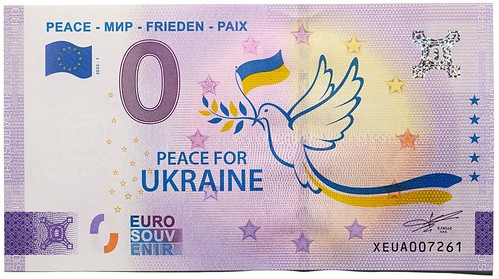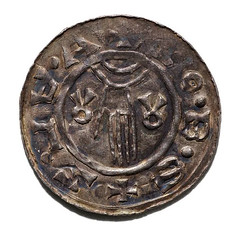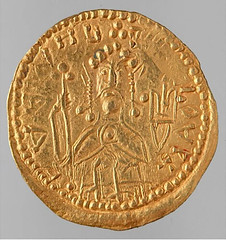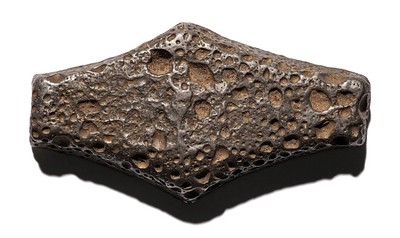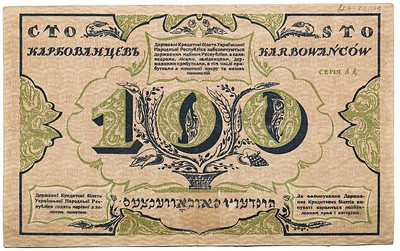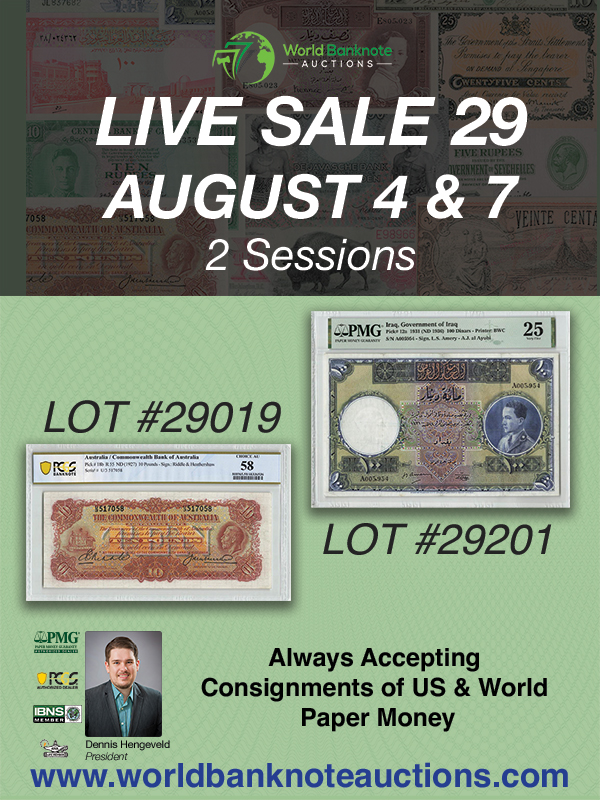
PREV ARTICLE
NEXT ARTICLE
FULL ISSUE
PREV FULL ISSUE
V25 2022 INDEX E-SYLUM ARCHIVE THE HISTORY OF UKRAINE'S MONEYNational Numismatic Collection Curator Ellen Feingold published an article in Smithsonian Magazine about how medieval money shaped Ukraine's modern identity. Here's an excerpt. -Editor Before the February 2022 Russian invasion of Ukraine, few outside of the country took note of the trident symbol at the center of Ukraine's national emblem. But in the days following the invasion, the trident was beamed around the world, appearing in the backdrops at press conferences and embossed on the clothing worn by the nation's leaders and soldiers. The origins of the ubiquitous trident, or tryzub, lie in the medieval period when the city of Kyiv was the seat of power of a state known as Kyivan Rus'. Encompassing all of modern-day Ukraine, Belarus and parts of Russia, this vast territory was ruled by the Rurik dynasty. As the dynasty's symbol, the trident appeared on the first coins minted in Kyiv around the turn of the 11th century. These coins—as well as other types of medieval money—have become a central part of how modern Ukraine tells its national story and displays its national identity.
As the curator of the National Numismatic Collection, I oversee an expansive collection of monetary objects that reflect the world of yesterday and today. Each new object I acquire enables me to tell a new story and to reveal histories already contained within the collection. About a month after the Russian invasion, I came across the new A German aid association produced the note to raise funds in support of Ukrainian children. While the note is not legal tender, it is a worthy addition to the Smithsonian's numismatic collection because its creators used the design of money as a canvas to aptly capture what is at stake in the current war—Ukraine's national sovereignty along with its freedom to join the European Union. Collecting this note initiated an unexpected journey through the vault of the National Numismatic Collection and into Ukraine's complex history.
The collapse of Kyivan Rus' during the 13th century led to a lapse in coin production and circulation and then the eventual influx of many other new coins, as warring powers fought over and occupied the former lands of Kyivan Rus' in the centuries that followed. Along with Mongolian dirhams, Lithuanian denars, Polish ducats, copper and silver coins of the Crimean Khanate and Ottoman Empire, Austro-Hungarian talers, and Russian rubles came a variety of religions, languages, and cultural practices, each helping to shape modern Ukraine's multicultural heritage. The linguistic diversity that resulted from these interactions over seven centuries is illustrated on the money issued by the Ukrainian People's Republic (UPR) after it declared independence from Russia in 1917. The 100 Karbovantsiv note issued that year features an intricate design with text in four languages: Ukrainian, Polish, Russian and Yiddish. The striking inclusion of Yiddish acknowledges the country's large Jewish community, even in the context of longstanding and violent antisemitism.
To read the complete article, see:
Wayne Homren, Editor The Numismatic Bibliomania Society is a non-profit organization promoting numismatic literature. See our web site at coinbooks.org. To submit items for publication in The E-Sylum, write to the Editor at this address: whomren@gmail.com To subscribe go to: https://my.binhost.com/lists/listinfo/esylum All Rights Reserved. NBS Home Page Contact the NBS webmaster 
|
